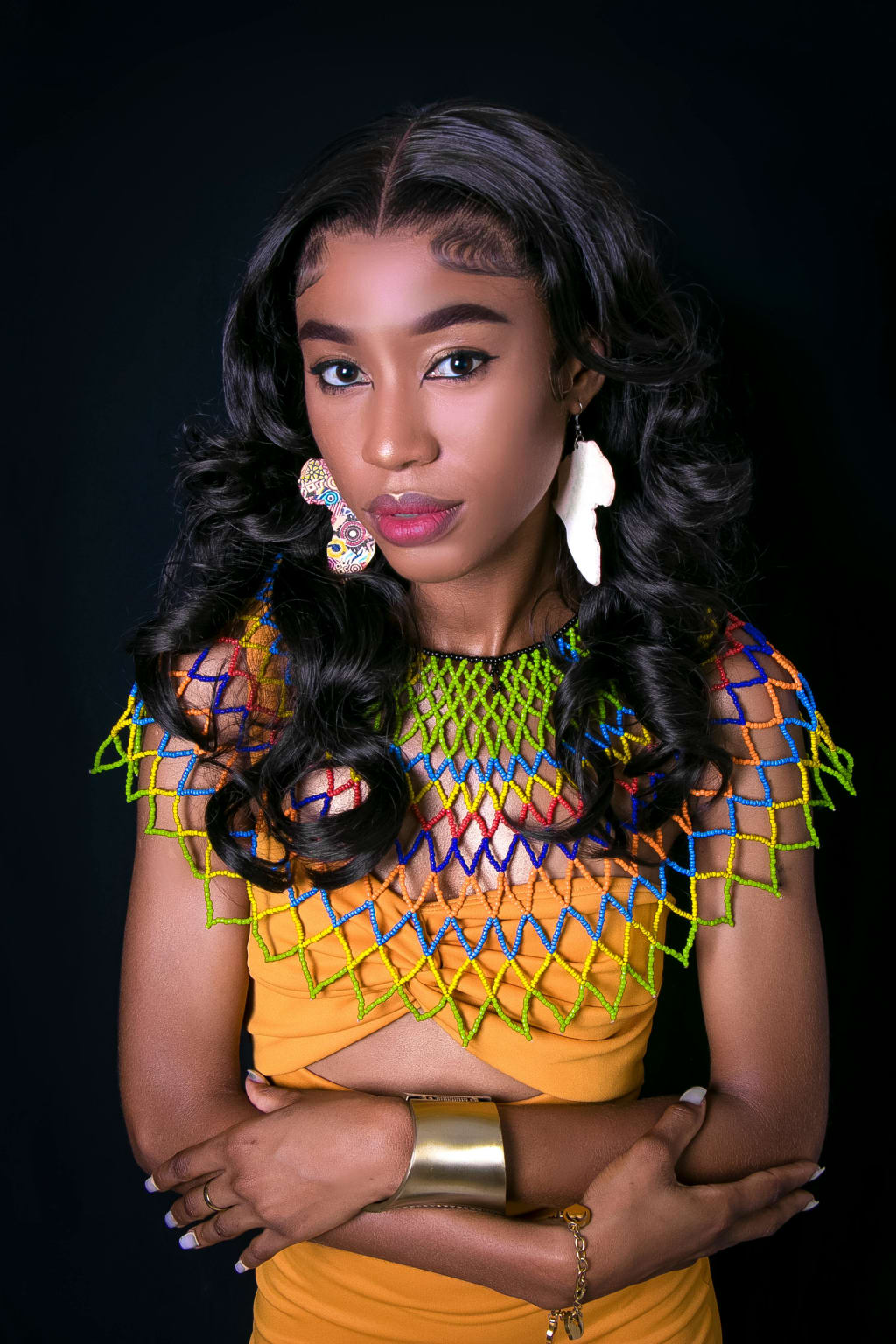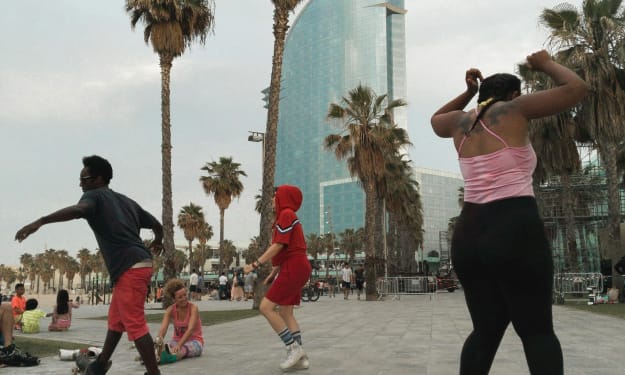The Colorful Traditional Attire of Angola: A Closer Look at Cultural Fashion.
Explore the vibrant and rich cultural heritage of Angolan traditional attire with this in-depth look at the unique fashion styles and colors.

Origins and History of Angolan Traditional Attire
The origins of Angolan traditional attire can be traced back to the indigenous tribes of Angola. Each tribe has its own unique clothing traditions that have been passed down through generations. These traditional garments are not only a reflection of the country's rich cultural heritage, but also play an important role in expressing the identity and social status of the wearer.
In the past, Angolan traditional attire was primarily made from locally sourced materials such as animal skins, plant fibers, and woven cloth. These materials were then intricately woven, dyed, and embroidered to create beautiful and vibrant garments.
Over time, the influence of colonization and globalization has also made its mark on Angolan traditional attire. European fabrics and styles were introduced, resulting in a fusion of traditional and modern elements in the clothing.
Today, Angolan traditional attire continues to evolve and adapt to the changing times. It is not only worn on special occasions and cultural events, but also embraced as a form of self-expression and pride in one's heritage.
Key Elements of Angolan Traditional Clothing
Angolan traditional clothing is characterized by its bold colors, intricate patterns, and diverse styles. Here are some key elements that can be found in Angolan traditional attire:
- Vibrant Colors: Angolan traditional clothing is known for its use of vibrant colors such as red, yellow, blue, and green. These colors are not only visually appealing, but also hold cultural and symbolic meanings.
- Traditional Prints: Traditional prints, such as the popular wax print fabric, are commonly used in Angolan traditional attire. These prints often feature geometric patterns, floral motifs, and symbols that represent different aspects of Angolan culture.
- Adornments and Accessories: Angolan traditional clothing is often adorned with various accessories to enhance its beauty. These can include beaded necklaces, bracelets, headpieces, and belts. Each accessory has its own significance and adds to the overall aesthetic of the attire.
- Different Styles for Men and Women: Angolan traditional clothing varies for men and women. Men usually wear loose-fitting shirts and pants, while women often wear colorful dresses or skirts paired with matching headscarves.
These key elements contribute to the unique and captivating beauty of Angolan traditional clothing, making it a significant part of the country's cultural identity.
Significance of Colors in Angolan Attire
Colors play a significant role in Angolan traditional attire, as they hold cultural and symbolic meanings. Here are some examples of the significance of colors in Angolan attire:
- Red: Red is often associated with power, strength, and vitality. It represents the energy and resilience of the Angolan people.
- Yellow: Yellow symbolizes wealth, prosperity, and the sun. It represents abundance and good fortune.
- Blue: Blue is often associated with spirituality and protection. It represents peace, harmony, and the connection to ancestral spirits.
- Green: Green is a symbol of nature, fertility, and growth. It represents the abundance of the land and the importance of agriculture in Angolan culture.
These colors, along with others used in Angolan traditional attire, not only add vibrancy to the garments but also communicate cultural values and beliefs.
Modern Interpretations of Traditional Angolan Fashion
In recent years, there has been a resurgence of interest in Angolan traditional fashion, leading to modern interpretations of traditional attire. Designers and fashion enthusiasts are incorporating traditional elements into contemporary clothing, creating a fusion of old and new.
These modern interpretations often feature traditional prints, vibrant colors, and unique silhouettes. They are not only worn for cultural events and celebrations but also embraced as fashionable everyday wear. By blending traditional and modern aesthetics, these interpretations celebrate Angolan culture while also appealing to a wider audience.
The popularity of modern interpretations of traditional Angolan fashion has also led to the emergence of Angolan fashion designers gaining recognition both locally and internationally. They are showcasing their innovative designs on runways, in fashion magazines, and at prestigious events, putting Angolan fashion on the global map.
This blending of tradition and modernity allows for the preservation and evolution of Angolan traditional attire, ensuring that it remains relevant and appreciated in today's fashion landscape.
Celebrating Angolan Culture Through Fashion Shows and Festivals
Fashion shows and festivals provide a platform for showcasing and celebrating Angolan culture through traditional attire. These events bring together designers, models, and fashion enthusiasts to appreciate and promote the beauty of Angolan fashion.
Fashion shows dedicated to Angolan traditional attire often feature runway presentations that highlight the craftsmanship, creativity, and diversity of the clothing. Designers incorporate traditional elements into their collections, showcasing the versatility and adaptability of Angolan fashion.
In addition to fashion shows, cultural festivals also play a significant role in celebrating Angolan culture through fashion. These festivals feature traditional dance performances, music, and exhibitions that showcase the different styles of Angolan traditional attire. It is a time for the community to come together, embrace their cultural heritage, and express their identity through fashion.
Through fashion shows and festivals, Angolan culture is celebrated and preserved, ensuring that the vibrant and rich tradition of Angolan traditional attire continues to thrive for generations to come.
About the Creator
Enjoyed the story? Support the Creator.
Subscribe for free to receive all their stories in your feed. You could also pledge your support or give them a one-off tip, letting them know you appreciate their work.






Comments
There are no comments for this story
Be the first to respond and start the conversation.